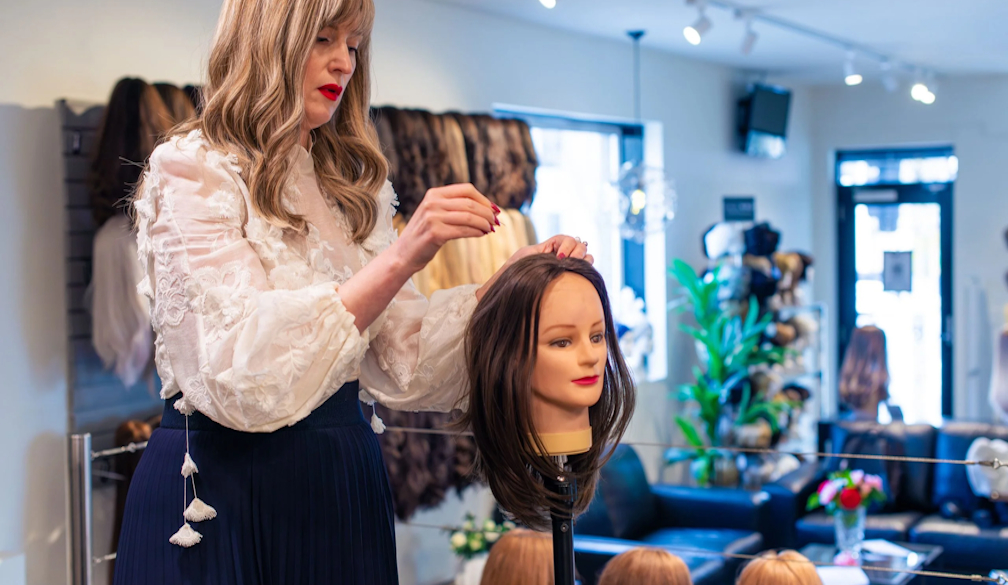Why Hair Toppers are a Game-Changer for Thinning Hair
- Written by MISS.com.au

Thinning hair can impact confidence, but there’s a simple and effective solution—hair toppers. Designed to add volume and coverage, hair toppers blend seamlessly with your natural hair, offering an instant transformation. Whether you're dealing with thinning hair on top or simply want to add some extra volume, these versatile pieces can help you achieve the look you desire.
-
What Are Hair Toppers?
Hair toppers are lightweight hairpieces designed to cover thinning or balding areas at the crown or top of your head. Unlike full wigs, which cover your entire scalp, toppers integrate with your existing hair to provide a natural, fuller appearance. Available in various sizes, colours, and textures, they are a popular choice for those seeking a quick, non-invasive solution to hair thinning. If you're looking for hair toppers in Melbourne, there are many customisable options to match your specific needs.
-
Why Choose Hair Toppers?
Hair toppers offer several advantages over full wigs or other hair loss solutions. They are easy to apply and maintain, making them ideal for everyday use. They also provide targeted coverage, which is perfect for those who want a natural look without the need for a full wig. With hair toppers, you can style them just like your own hair, whether you want to curl, straighten, or dye them to match your natural locks.
-
Comfort and Convenience
One of the biggest benefits of hair toppers is their comfort. They are lightweight and breathable, ensuring that you stay comfortable even during long wear. Unlike heavier wigs, toppers allow your scalp to breathe, which can be a major relief during hot weather or long hours of use. Additionally, hair toppers are secure and easy to attach, so you can confidently go about your day without worrying about them shifting or slipping.
-
Affordable and Low Maintenance
Compared to full wigs, hair toppers are often more affordable while still offering high-quality results. They also require less maintenance, as you only need to care for the topper rather than an entire wig. This makes them a practical option for those looking for a budget-friendly solution to thinning hair.
-
A Natural Look
The key to the popularity of hair toppers lies in their natural look. Since they are designed to blend with your existing hair, they create a seamless appearance that’s difficult to detect. With a variety of shades and styles available, it's easy to find a topper that matches your hair perfectly, ensuring that you feel confident and look your best.
